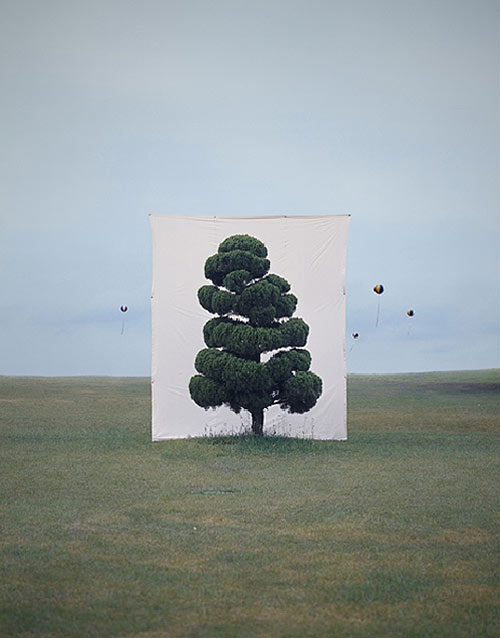Nicolas Poussin, Landscape with St. John on Patmos, 1640
Humphrey Repton - desire to rule over nature
-before/after paintings; removed unaesthetic elements (people, animals)
By the end of the 18th century and the beginning of the 19th century, there were decisive changes in landscape painting in large part due to the onset of the Industrial Revolution. Factories were being built across Europe and the urban sprawl - leading to the destruction of natural landscape - and the struggle between the natural environment and social development became the focus of criticism by a growing number of artists and intellectuals.
1856: John Ruskin "degeneration of humanity" --> landscape painting is romanticized
J.M.W. Turner, The Fighting Téméraire tugged to her last Berth to be broken, 1839
Turner's painting deals with human intervention in landscape and the tension between nature and humans.
National Identity in Landscapes
Land is the common denominator that unites all the people of a country together. As a result, landscape art is the perfect medium to establish national identity, albeit it is important to note that different nations, given their varying political, cultural and social circumstances, used landscape art as representations of national identity in wholly different ways.
Lucien O'Brien, Sunrise over the Saguenay, 1880
Although O'brien acknowledges human contact, the natural landscape is overpowering. O'Brien's Quebec landscape appears unscathed by human intervention and retains a sublime quality. To me, it is evocative of German romanticism and brings to mind the sublime and mysticism in Caspar David Friedrich's landscapes:
Caspar David Friedrich, The Monk by the Sea, 1808-1810
Dutch Republic
Dutch Republic became a powerful economic and industrial force during the 17th century. It was predominantly Protestant, which meant representation of human figures was forbidden. Trades, merchants and the upper middle class made up must of the Republic. Artists were forced to sell works on the open market ---> artists painted images interesting for their audience (audience wanted to see prosperity of their own land) Maritime Scenes. The wealth of the Dutch Republic was acquired by sea trade and naval wars with Britain, etc. Hence, maritime scenes were common Dutch landscapes.
Jacob van Ruisdael, The Windmill at Wijk, 1670







